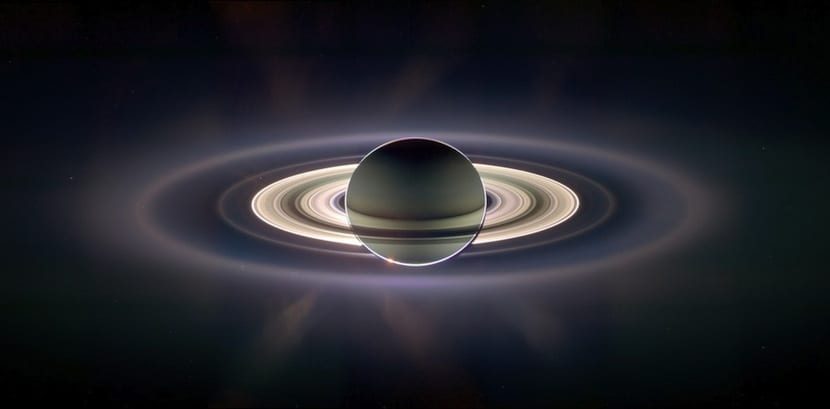
If you like the world of space and especially the exploration that we are carrying out little by little, surely you will know the adventures, and also misadventures, of Cassini, a probe that was launched into space by NASA back in 1997. After almost 20 years of travel and work on Saturn, the final part of the project has finally started where Cassini to rush into Saturn's dense atmosphere.
Now, for Cassini to be finally destroyed there are still ten months to go, by which time the probe will have time to approach the planet's poles and rings as never before in the 12 years it has been exploring Saturn. Thanks to this approach the probe can be submerged in the rings a total of 22 times, plenty of time for Cassini to obtain much more detailed images of them and determine the gaseous composition that exists in those regions.
Cassini will change its orbit in order to dive in and study Saturn's rings.

As a detail, tell you that each of these dives will last about 7 days. Thanks to this duration, Cassini could take photographs with a resolution of one kilometer per pixel that will later be reconstructed to determine the structure and composition of the rings. During this stage Cassini will fly over Saturn at an altitude of 90.000 kilometers above the highest clouds on the planet. From April of next year the probe it will submerge to just over 1.600 kilometers to be able to explore the planet in greater depth.
Once the Cassini mission has been completed, NASA estimates that around September 2017, the probe will finally plunge into Saturn's atmosphere to end up on fire as if it were any other meteorite.